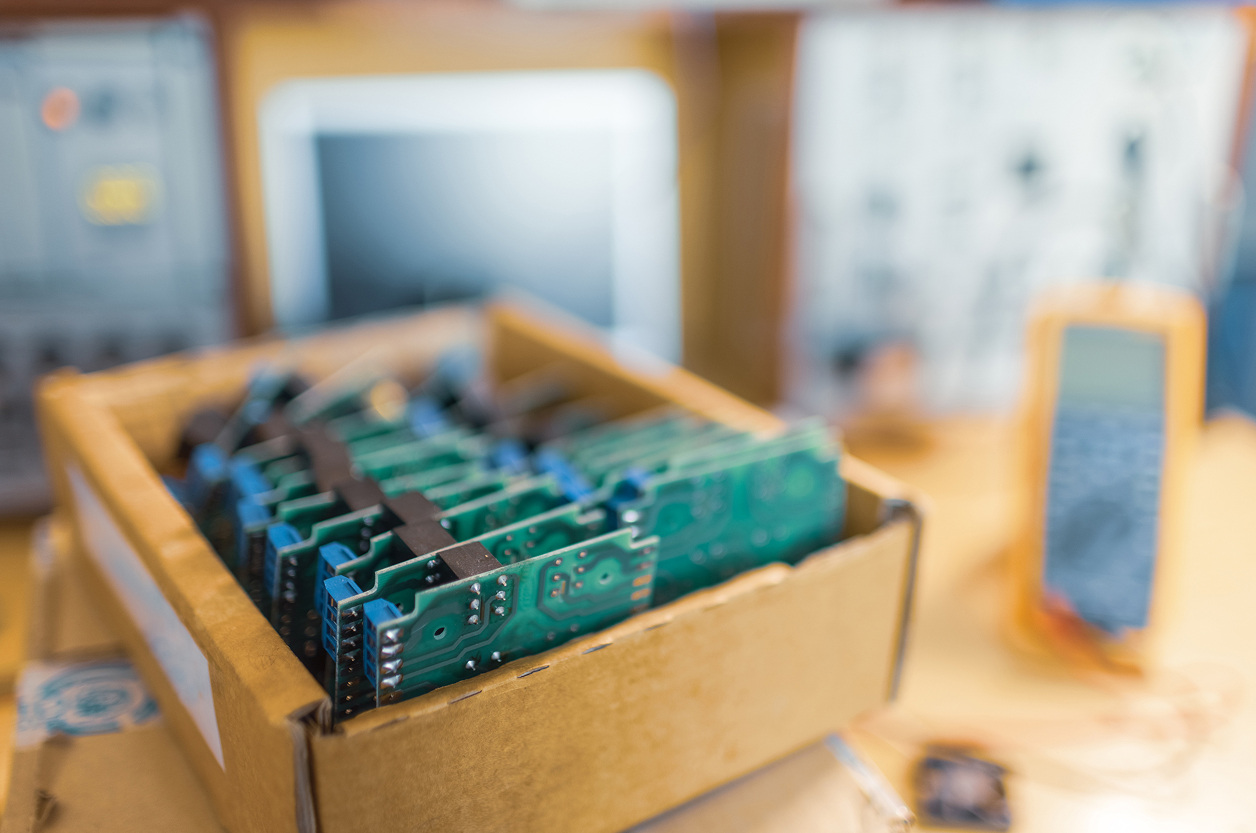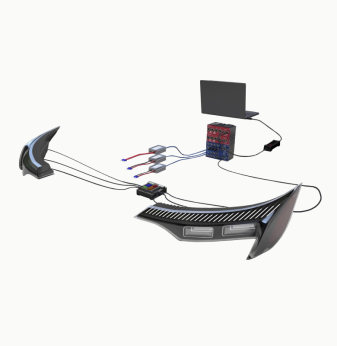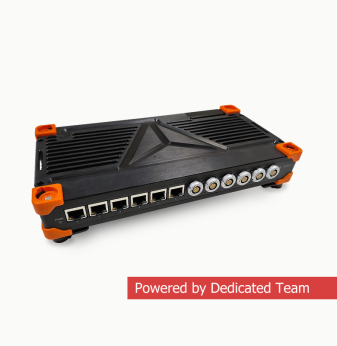Designing for OTA Updates: Ensuring Robust Firmware Delivery in Embedded Systems

Over-the-air (OTA) updates have become a standard expectation for embedded systems — from consumer wearables to industrial controllers. The ability to deploy new firmware remotely not only delivers critical security patches but also unlocks new features long after a product leaves the factory.
However, enabling OTA in embedded systems is fraught with challenges. A single error can brick thousands of devices in the field, leading to costly recalls and reputational damage. Achieving robust OTA requires careful planning across hardware, firmware architecture, connectivity, and security.
This article provides a detailed guide for embedded developers and system architects on how to build systems ready for seamless, fail-safe OTA updates.
Why OTA is Essential in Modern Embedded Systems
Security Imperatives
Vulnerabilities inevitably appear in any firmware. OTA allows you to patch exploits quickly, closing attack vectors before they’re widely exploited.
Feature Roadmaps
Many companies ship hardware with a baseline feature set, then roll out advanced capabilities over time — creating new revenue streams or improving user experience without physical recalls.
Regulatory Compliance
Industries like automotive (ISO 21434), medical (IEC 62304), and industrial automation increasingly require update capabilities to maintain safety certifications over the product’s life.
Key Challenges in OTA for Embedded Systems
Risk of Bricking
If a power failure or fault occurs during a critical flash write, the device may become non-bootable.
Limited Resources
Small MCUs may have tight flash and RAM budgets, complicating staging of new firmware images.
Connectivity Interruptions
Wireless connections (BLE, LoRa, NB-IoT) are prone to dropouts. Updates must handle interruptions gracefully.
Security Concerns
Firmware is a prime target for attackers seeking to inject malicious code or reverse engineer IP.
Hardware and Flash Architecture for OTA
Dual-Bank or A/B Flash
Two separate firmware slots. New firmware is written to the inactive slot. On reboot, the bootloader verifies integrity and switches execution if valid.
External Storage
Some designs use external Flash (QSPI, SD card) to stage updates before flashing internal MCU memory.
Bootloader Essentials
Must be immutable (locked region) and handle integrity checks, rollback decisions, and watchdog failsafes.
Secure Boot and Authentication
Cryptographic Signatures
Sign firmware images with private keys. Devices verify signatures using embedded public keys before booting new firmware.
Hash Verification
SHA-256 or stronger hashes ensure the downloaded image matches what was sent.
Secure Boot Chains
Combine hardware-based secure boot (Root of Trust) to prevent tampering with the bootloader or update mechanism itself.
Update Transport and Protocol Design
Chunked Downloads
Break updates into small packets with acknowledgments. This reduces memory requirements and allows retries after lost connections.
Resume and Checkpointing
Track download progress in non-volatile memory. If power fails midway, the download continues from the last verified chunk.
Encryption in Transit
Use TLS or DTLS for update delivery, especially over public networks.
Long-Tail Technical Questions and Detailed Answers
How can you prevent bricking during OTA updates?
Use dual-bank (A/B) firmware layouts. Only switch active firmware after successful verification. Keep the bootloader in a protected region, with rollback logic if new firmware fails.
What’s the best way to do OTA on a low-flash MCU?
Compress updates (delta encoding) to apply only changed sections. Use external flash as a staging buffer.
How do you secure OTA updates from tampering?
Sign firmware with a private key. Verify on-device with stored public key. Combine with encrypted transport to block eavesdroppers from seeing or modifying binaries.
Can you update firmware over BLE?
Yes. BLE OTA frameworks (like Nordic’s DFU) break firmware into 20-244 byte packets. The process is slower than Wi-Fi or Ethernet but widely used in wearables.
How do you handle power loss mid-flash?
Use write-protected bootloaders that check CRC or hashes. If the new firmware fails validation, they boot the last known good slot.

Handling Rollbacks and Failures
Watchdog Integration
Use watchdog timers during first boots of new firmware. If it fails to start services correctly, the device automatically resets and rolls back.
Logging and Telemetry
Have the device report update attempts, failures, and success to your backend. This gives visibility into fleet health and early warnings if an update has issues.
Example OTA Architecture in a Smart Sensor
Bootloader in protected flash, checks signatures and manages rollback.
Dual application partitions in internal Flash.
External QSPI flash stores incoming firmware until CRC is validated.
Uses MQTT over TLS to pull updates in 4 KB chunks.
Reports status back via MQTT for fleet management dashboards.
This ensures:
- No field brick if power fails — bootloader can retry.
- Secure delivery over internet.
- Scalable management of thousands of nodes.
Future Trends in OTA for Embedded Systems
Delta updates: Tools like bsdiff create patches much smaller than full images, critical for cellular or satellite connections.
Hardware security modules (HSMs): Even microcontrollers now offer secure elements to store keys and perform signature checks.
AI-driven rollout: Platforms monitor telemetry and automatically throttle deployments if error rates rise.
Conclusion: OTA is a Design Discipline
Over-the-air updates aren’t just a feature — they’re a cross-disciplinary design requirement involving hardware, firmware, security, and backend orchestration.
At Promwad, we build embedded systems from bootloader to secure cloud backend, ensuring your products can evolve safely after deployment. Whether you're retrofitting industrial controllers or launching a consumer wearable, we can help you architect robust OTA from day one.
Our Case Studies





